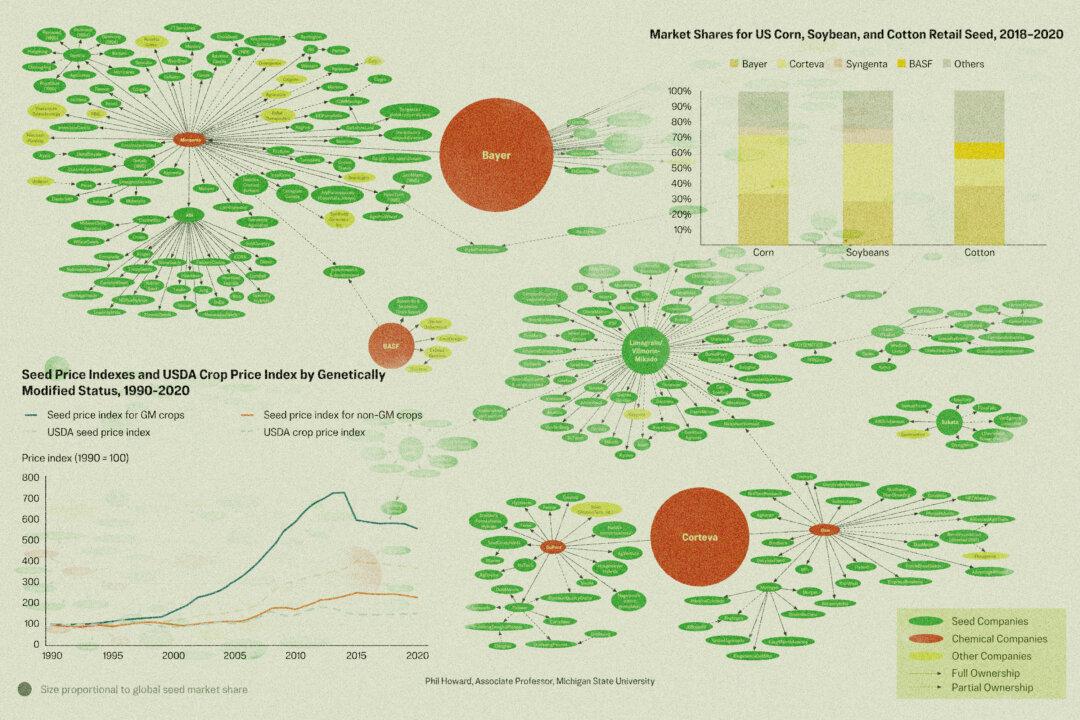Poignant testimony delivered during a Feb. 28 congressional hearing on the U.S. border crisis brought legislators to a firm conclusion: Failed or ineffective immigration policies are directly fueling America’s drug crisis.
“Our country faces record fatalities from drug overdoses, eclipsing 100,000 deaths, 71,000 from synthetic opioids alone,” Rep. Mark Green (R-Tenn.) said during the House Homeland Security Committee hearing.





